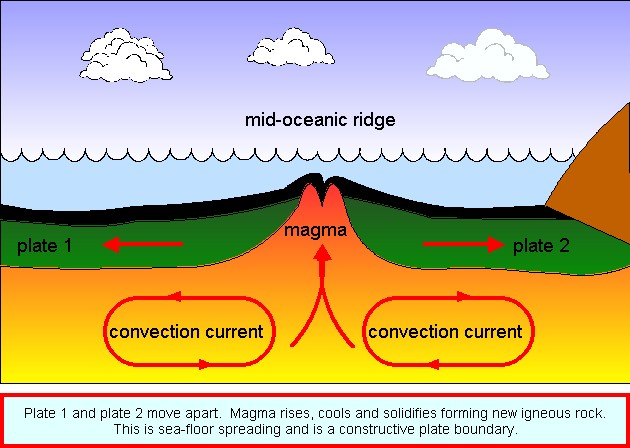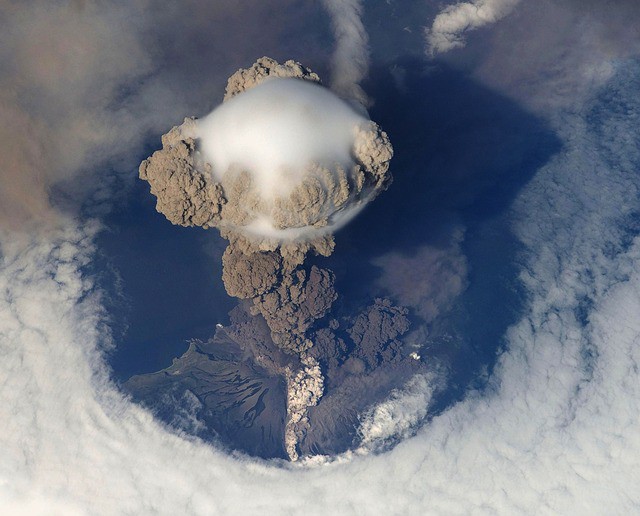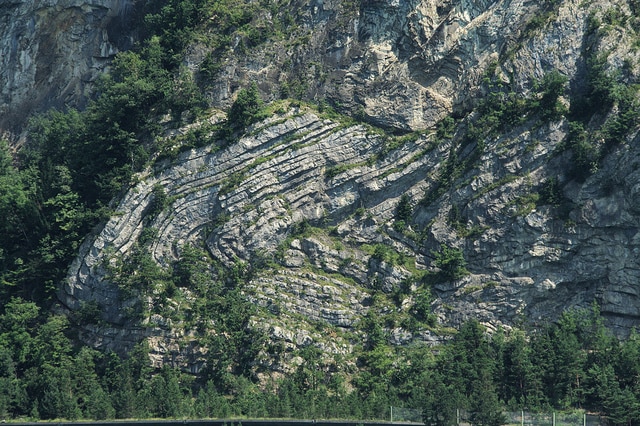Theory and Evidence of Seafloor Spreading
Seafloor spreading is a geologic process where there is a gradual addition of new oceanic crust in the ocean floor through a volcanic activity while moving the older rocks away from the mid-oceanic ridge. The mid-ocean ridge is where the seafloor spreading occurs, in which tectonic plates—large slabs of Earth’s lithosphere—split apart from each other. Seafloor…




